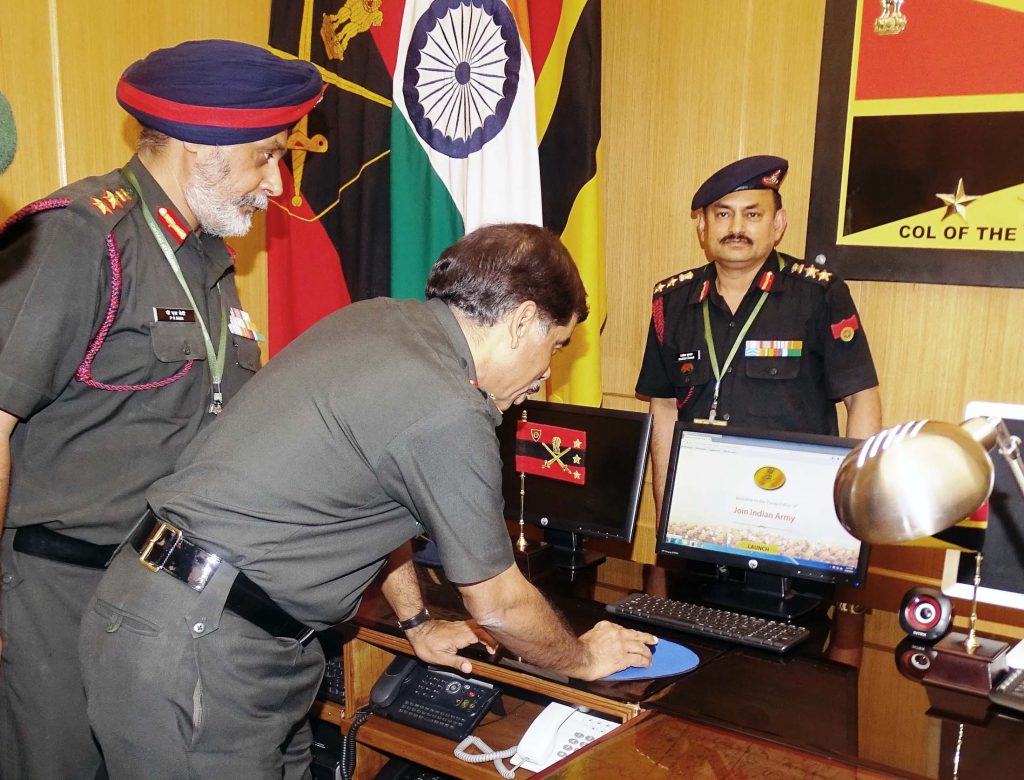The fact that India’s defence industrial base has been lying largely defunct past several years needs no reiteration. The brightest spot in India undoubtedly has been ISRO. Indigenous development of weapons and weapon systems from the assault rifle, light machine guns, night vision devices, artillery, air defence, tanks, aircraft, UAVs, information systems have by and large been sad stories – either by way of quality, bulk foreign parts and assemblies though products are trumpeted indigenous manufacture, cost and time overruns etc.

The Tejas falls in the same category – bulk foreign parts. Much before he became President of India, Dr Abdul Kalam authored the book ‘Wings of Fire’ which brought out the voids India has in terms of technology, elucidating that these voids need to be bridged in order for India to becomea super power. Ironically, not much progress has been made in these spheres.
The corruption in defence is unending and without accountability because of intricate nexus involving all and sundry. That is why the CBI made little headway in scams like the Bofors, HDW Submarine, Barak Missiles, Denel, Eurocopter, Westland VVIP Helicopter, Tatra Trucks etc which ostensibly is labeled ‘due to lack of evidence’ but actually is so because many of those involved are not even questioned in the first place. Then the CAG and CGDA audit reports describe endemic corruption and lack of accountability in the DRDO-DPSUs-OF even as Joint Secretaries of Department of Defence Production (DoPD) are on the boards of all these organizations. As per recent media reports, the government is quite miffed with the lackadaisical functioning of DRDO and its 52 laboratories, often in the dock for its failure to deliver cutting-edge weaponry without huge time and cost overruns, with Prime Minister Narendra Modi himself warning the organization to fast shed its “Chalta Hai” attitude.
The change made at the top now is that a separate DRDO Chief and a separate Scientific Advisor (SA) to the Defence Minister has been appointed by splitting the erstwhile SA-cum-DRDO chief post. The idea is that the SA will provide an ‘independent mechanism’ to review and scrutinize DRDO’s functioning. How effective the new arrangement will be only time will tell considering the common DRDO background of both incumbents. The Prime Minister’s advice in August last year that at least five DRDO labs should be headed by scientists under the age of 35 to reinvigorate the organization is yet to be acted upon. Expansion of the DRDO is on the cards in accordance with the CCS note prepared on lines of the Rama Rao Committee (RRC) Report.
Most significantly, the RRC in 2008 had strongly recommended that the DRDO should focus only on 8 to 10 “critical technologies” of “strategic importance”. However, the DRDO still continues to make everything including dental implants and mosquito repellents. If this trend is allowed to continue and aggravated with the likely expansion of the DRDO, and DRDO continues to exercise ‘control’ over the private industry, advertently or inadvertently, through the surreptitious existing “through me” ploy, then it would be to the detriment to the endevour for plugging the technological gaps and forging ahead. DRDO, as the name applies, should be responsible only for research and development (R&D) not commercialization, which should be the forte of the private industry. Only then would we be able to bridge the yawning technological gap quickly. In all developed countries with modern armies, it is the private industry wich leades defence production.
The thrust on ‘Make in India’ must at least provide a level playing field for the private industry, focusing the DRDO on technological developments while the private industry should be charged with commercial production. Ironically along with a new Defence Technology Commission, a new commercial arm for DRDO is in the offing, whereas, the latter should have been the forte of the private industry. The new Defence Procurement Policy (DPP) should address these issues. More significantly, we must have a focused plan to develop and acquire new technologies, much of which is possible through joint ventures (JVs) and by taking the transfer of technology (ToT) route.
A recent example of this route is the Dhanush artillery gun which has cleared army trials and 114 of these guns ( six Artillery Regiments worth) are to be inducted over the next three years. The OFB has built the Dhanush from manufacturing blueprints of the Bofors guns given to India in 1986 as ToT. Though the ToT had been received three decades back and some 1000 guns were to be manufactured in India, everything went into cold storage for some three decades because of the Bofors Scandal. Even import of spare parts were frozen and during the Kargil Conflict just 100 Bofors guns could be made operational by cannibalizing the 400 such guns that had been imported. The OFB used the ToT of Bofors and also upgraded the gun from the FH-77’s original 39-calibre to a more robust 45-calibre howitzer, as the Dhanush.
There is no doubt that we need to develop new technologies indigenously; like the Rs 700 crore project for the Advanced Towed Artillery Gun (ATAG) where the DRDO is partnering L&T, Bharat Forge and Tata Power SED. At the same time, we have a long way to go in developing and networking required elements of national power, and developing futuristic technologies. We do not have the luxury of starting everything from the scratch. The Indian defence sector being vast, there is plenty enthusiasm for ‘Make in India’.
Given the right FDI and facilitating DPP, the defence-industrial sector can literally take off. One example is recent media reports that India and Israel have now virtually sealed the joint development of a mobile medium-range surface-to-air missile system (MRSAM) for the Indian Army. Unlike China, India has no embargo on sale of weapons or technology albeit China has been resorting to all possible means including physical theft, cyber espionage, spying, snooping, reverse engineering and exploiting dual use technology acquired against hefty payments to bypass curbs. The bottom-line for us is that while we focus on indigenous developments, we must exploit ToT through the JV route.
Prakash Katoch is a third generation army officer hailing from Himachal Pradesh. He is a former Lieutenant General from Special Forces.
Prakash Katoch is third generation army officer hailing from Himachal Pradesh. He is former Lieutenant General from Special Forces and post-retirement has published over 2100 articles on international affairs, geopolitics, military, security, technical and topical issues besides authoring two books. He is active in seminars at both national and international levels.


